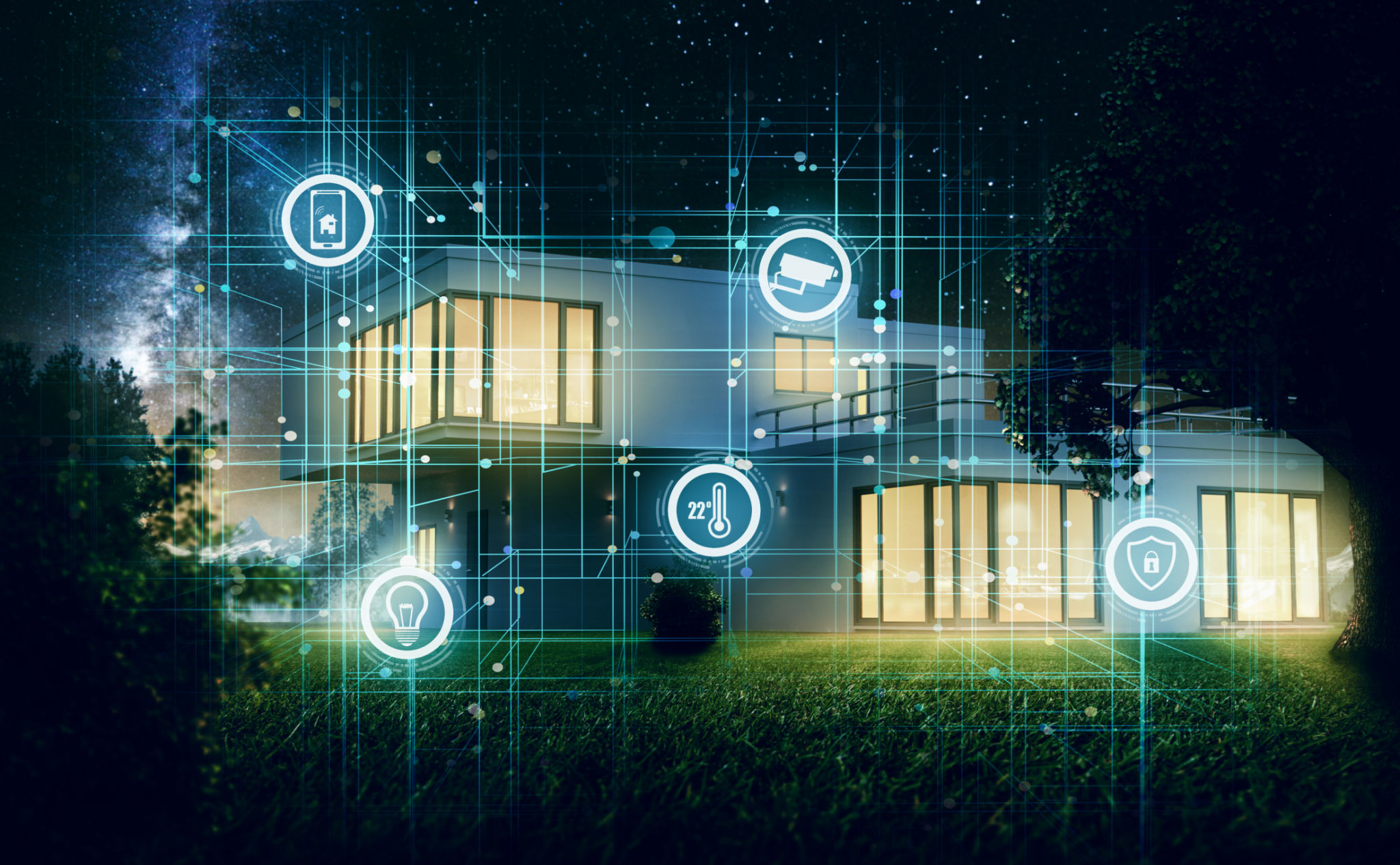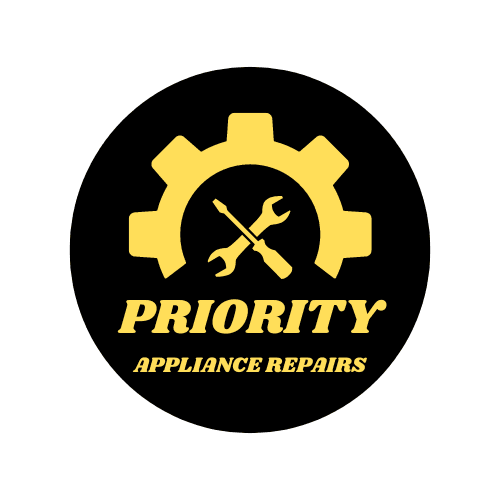Smart Home Innovations: How They Impact Appliance Maintenance
The Rise of Smart Home Technology
Smart home technology has revolutionized the way we interact with our living spaces. From voice-activated assistants to automated lighting systems, these innovations offer convenience and efficiency like never before. As more households integrate smart devices, it's crucial to understand how these technologies impact appliance maintenance.
One of the most significant advantages of smart home devices is their ability to provide real-time data. This data can give homeowners insights into the performance and condition of their appliances, leading to more proactive maintenance. By identifying issues before they escalate, smart technology helps prevent costly repairs and extend the lifespan of appliances.

Proactive Maintenance with IoT
The Internet of Things (IoT) has been a game-changer in the realm of appliance maintenance. By connecting appliances to the internet, homeowners can receive alerts and updates about their performance. For instance, a smart refrigerator might notify you when it's time to change a filter or if the temperature settings are off.
These notifications allow for proactive maintenance, ensuring that minor issues are addressed before they become major problems. Moreover, some advanced systems can even diagnose problems themselves and suggest solutions, reducing the need for frequent service calls.
Energy Efficiency and Cost Savings
Another benefit of smart appliances is enhanced energy efficiency. Many smart devices are designed to optimize energy consumption, which not only reduces utility bills but also minimizes environmental impact. For example, a smart thermostat can learn your schedule and adjust heating or cooling accordingly, ensuring comfort while saving energy.

Additionally, by monitoring usage patterns, smart appliances can operate during off-peak hours to take advantage of lower electricity rates. This functionality provides homeowners with cost savings while maintaining the performance of their appliances.
Remote Monitoring and Control
One of the most appealing features of smart home technology is remote monitoring and control. With a smartphone or tablet, users can manage their appliances from anywhere in the world. Whether it's adjusting the oven temperature or starting a load of laundry, remote access offers unparalleled convenience.
This ability to control appliances remotely also plays a crucial role in maintenance. If an appliance malfunctions while you're away, you can receive alerts and take immediate action, preventing further damage. This feature is particularly beneficial for frequent travelers or those with busy lifestyles.

Integration with Smart Assistants
Smart assistants like Amazon Alexa and Google Assistant have further enhanced the capabilities of smart homes. By integrating with various appliances, these assistants allow users to perform tasks through voice commands. Whether it's checking the status of a laundry cycle or setting a reminder for routine maintenance, voice control simplifies appliance management.
Furthermore, smart assistants can help schedule maintenance appointments with service providers, ensuring that necessary upkeep is never overlooked. This integration streamlines the maintenance process and helps maintain appliance efficiency over time.
The Future of Appliance Maintenance
As technology continues to advance, the potential for smart home innovations in appliance maintenance is vast. Future developments may include even more sophisticated diagnostic tools, predictive maintenance algorithms, and enhanced integration across all household devices.
In conclusion, smart home technology is transforming the way we approach appliance maintenance. By offering real-time data, energy efficiency, remote control, and integration with smart assistants, these innovations ensure that household appliances remain in optimal condition. As a result, homeowners can enjoy greater peace of mind and more efficient living spaces.
